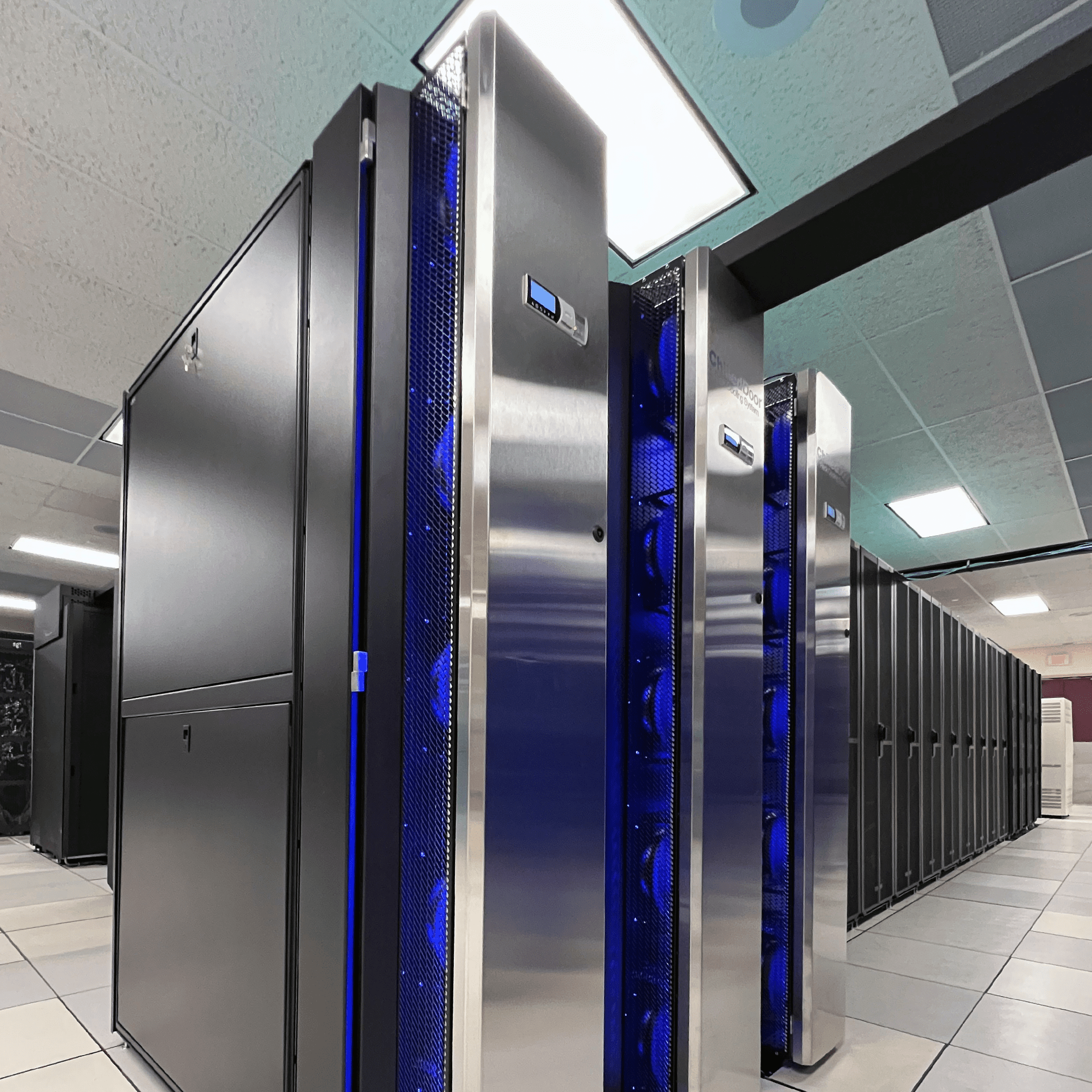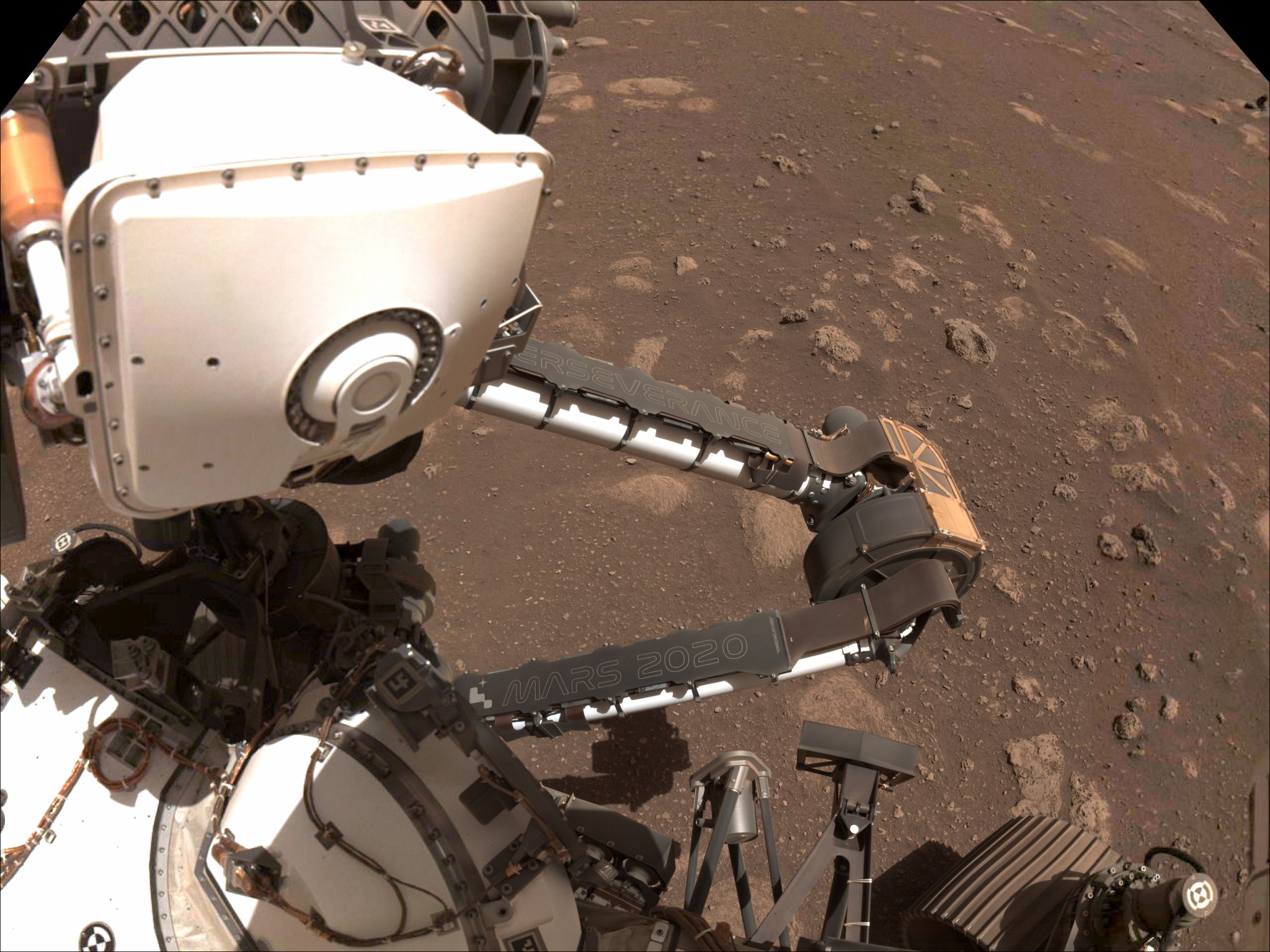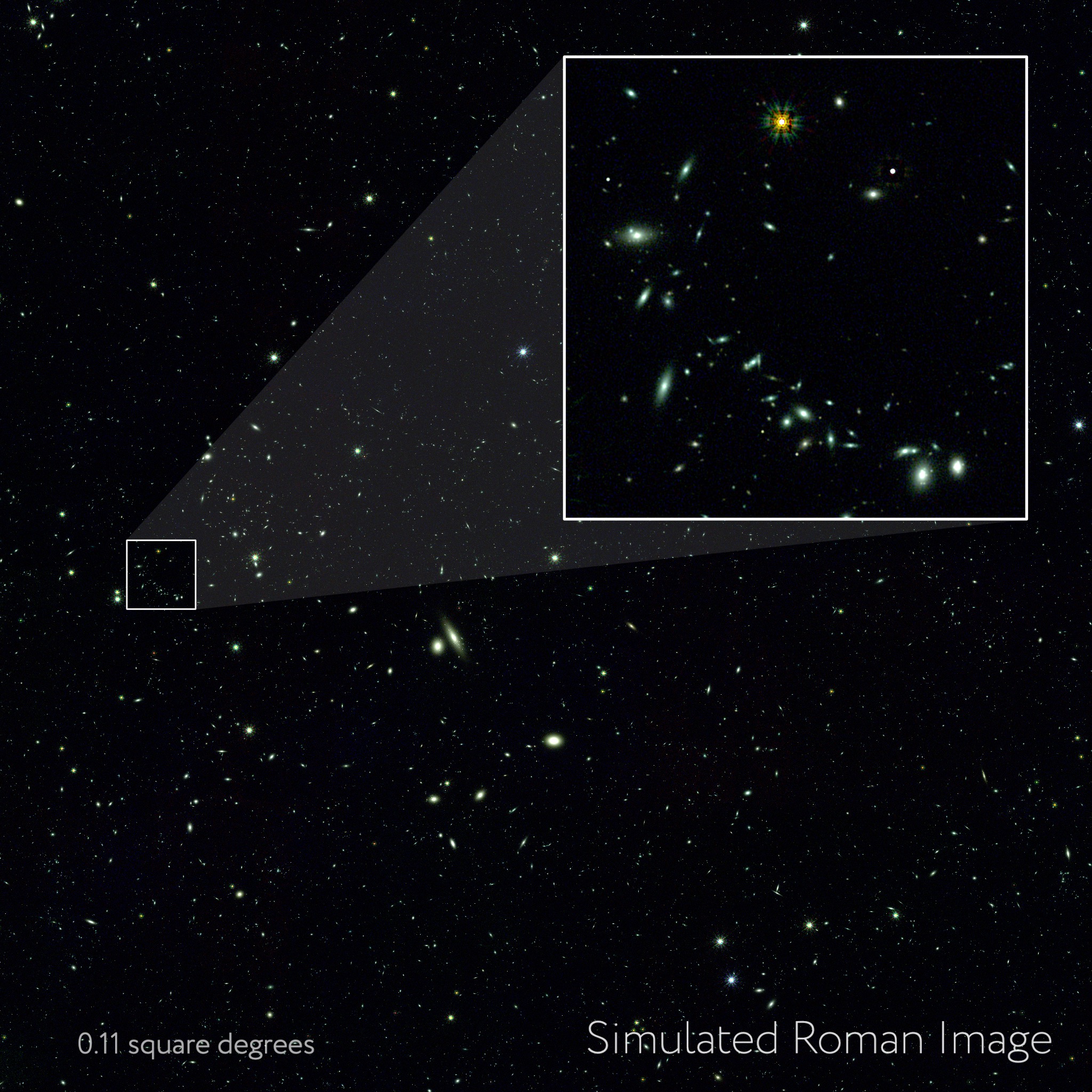At NASA, high-end computing is essential for many agency missions. This technology helps us advance our understanding of the universe – from our planet to the farthest reaches of the cosmos. Supercomputers enable projects across diverse research, such as making discoveries about the Sun’s activity that affects technologies in space and life on Earth, building artificial intelligence-based models for innovative weather and climate science, and helping redesign the launch pad that will send astronauts to space with Artemis II. These projects are just a sample of the many on display in…
Read MoreTag: High-Tech Computing
NASA Ames to Host Supercomputing Resources for UC Berkeley Researchers
The Cabeus supercomputer at the NASA Advanced Supercomputing Facility at NASA’s Ames Research Center in California’s Silicon Valley NASA/Michelle Moyer Under a new agreement, NASA will host supercomputing resources for the University of California, Berkeley, at the agency’s Ames Research Center in California’s Silicon Valley. The agreement is part of an expanding partnership between Ames and UC Berkeley and will support the development of novel computing algorithms and software for a wide variety of scientific and technology areas. Per the three-year Reimbursable Space Act Agreement, the UC Berkeley supercomputer and…
Read MoreHere’s How AI Is Changing NASA’s Mars Rover Science
6 min read Preparations for Next Moonwalk Simulations Underway (and Underwater) To view this video please enable JavaScript, and consider upgrading to a web browser that supports HTML5 video In this time-lapse video of a test conducted at JPL in June 2023, an engineering model of the Planetary Instrument for X-ray Lithochemistry (PIXL) instrument aboard NASA’s Perseverance Mars rover places itself against a rock to collect data. NASA/JPL-Caltech Artificial intelligence is helping scientists to identify minerals within rocks studied by the Perseverance rover. Some scientists dream of exploring planets with…
Read MoreNASA’s Roman Mission Gets Cosmic ‘Sneak Peek’ From Supercomputers
Researchers are diving into a synthetic universe to help us better understand the real one. Using supercomputers at the U.S. DOE’s (Department of Energy’s) Argonne National Laboratory in Illinois, scientists have created nearly 4 million simulated images depicting the cosmos as NASA’s Nancy Grace Roman Space Telescope and the Vera C. Rubin Observatory, jointly funded by NSF (the National Science Foundation) and DOE, in Chile will see it. Michael Troxel, an associate professor of physics at Duke University in Durham, North Carolina, led the simulation campaign as part of a…
Read More


